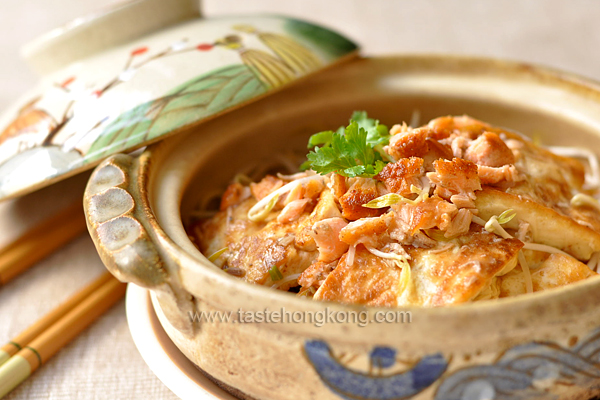
Salted fishes can be found in many traditional Chinese dishes. From stir-fried vegetables and steamed meats to clay pot dishes, most of them are packed with flavors. The one inspired me for making this is the ‘Clay Pot Tofu with Salted Fish and Chicken Meat (鹹鱼雞粒豆腐煲)’. But I don’t think I have made it since I have learned that salted fishes are not good for health.
So why do I crave it again? All because a visit to Mary’s blog, where I read with interests a healthy homemade version of salted fish. Mary resides in Aberdeen, Scotland, a place where there is a river she could go and watch salmon jumping as they swim upstream to lay eggs. While I admire her living so close to the wild salmon, I also adore her many lovely ideas in cooking them.
So I made my salted salmon fillet too. Yes, it is different from the traditional Chinese salted fishes which are usually saltier. But it too gives a nice flavor to my dishes while adding an extra healthy element – omega-3 again! Cooked in a pot, the crunchy bean sprouts, the smooth tofu together with the nutritious salted fish had made us a warm, satisfying meal. Experiment with your version and have fun!
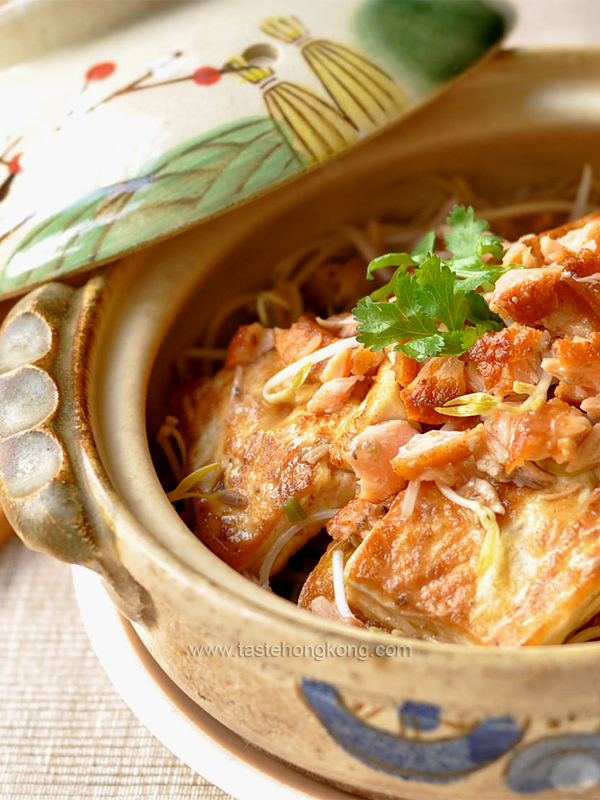
- Ingredients
- 400g firm tofu
- 120g salmon fillet
- 150g bean sprouts
- 2 cloves of garlic, crushed
- 1-2 tbsp oil
- ~1/4 tsp salt for salting tofu
- For salting salmon
- 1/8 tsp ground white pepper
- 1/2 tsp sea salt
- Sauce
- 1/2 tsp white pepper, coarsely grounded
- 2 tsp oyster sauce
- 1/4 tsp sugar
- 1-2 sprigs coriander, coarsely chopped
- 1 1/2 cup water
- corn starch paste (corn starch : water = ~1 tsp : 2 tsp)
- dash of soy sauce
- dash of sesame oil
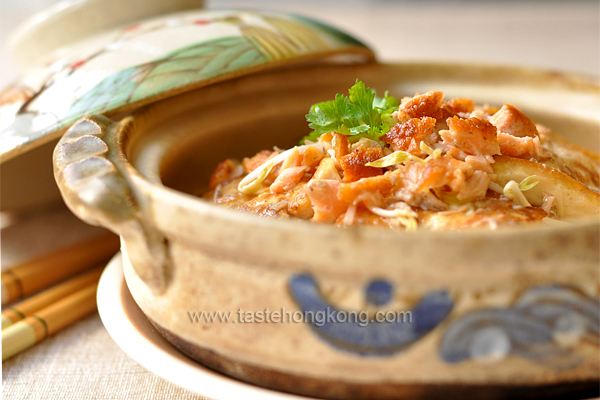
Method
Evenly apply salt and white pepper to salmon (only a moderate amount of salt is added so the fish won’t become too salty after cooking with the sauce), then let it sit in fridge for about a day. Before cooking, pat dry.
Wash bean sprouts, drain dry.
Slice tofu into about 1 cm thick. Sprinkle salt over both sides of tofu slices, and let them stand for about 15 minutes. Blot dry. Add about one table spoon of oil to well-heated pan or wok and fry tofu and salmon fillet until golden. How to pan-fry tofu with crust could be very simple, see this post with step-by-step photos.
Dish up and flake fried salmon fillet into smaller pieces. Set aside.
Sauté garlic with some oil over low heat until fragrant. Then, put in tofu, give them some turns and stirs. Mix coarsely ground white pepper, oyster sauce, sugar, and coriander with water, and add in. Bring it to a simmer. Roughly stew for another 2 minutes over low heat, occasionally flipping over with a turner. Thicken with corn starch paste to your desired consistency. Do a taste test; add a dash of soy sauce and/or dash of sesame oil as required.
Lay bean sprouts and salmon flakes at the bottom of clay pot. After the tofu with sauce is done, transfer them to the pot. Press down the bean sprouts to the sauce. Bring it to a simmer. The bean sprouts need only a brief simmer or they will lose their crunchiness. Garnish with coriander (but gently mingle the foods with the sauce before eating).
Serve hot and enjoy!
Traditional Chinese Salted Fish
If you are interested in how this simple salted salmon is different from the traditional Chinese salted fishes, the following video shall show you some ideas.
It was recorded from a TV program in Hong Kong and was therefore conducted in Cantonese. Here are the key procedures I translated:
– scale fish (some species require this step, some do not)
– remove gill
– wash but do not cut open the fish in order to preserve its taste
– to get rid of the moist in the fish: either hang and dry under sun for 20 to 30 minutes, or wrap in a coarse cloth and lay the fish (head downward) at an angle to drain.
– wooden box is used to salt fishes for better drainage and absorption of moisture.
– the wooden box will first be filled with a bed of salt, then fishes stuffed with sea salt are placed on the bed of salt and positioned in a way as if they were swimming than laying flat.
– cover the stuffed fished with another layer of salt, and preserve them 4 to 5 days (needs one to two days more if weather is not fine).
– wash fishes and wrap their heads with papers (because smells may release from heads, where gills are remove, and may attract flies and spoil the drying process).
– then hang and dry them under sun (no mention for how long)
– the chef hosting the program then continues to compare fishes preserved by salt versus in brine. He suggests that salted fishes are more fragrant, firmer and are better.
Enjoy!
- Category: Fish . Tofu (Beancurd) .
- 19 comments
To get immediate updates and new recipes from my blog, you may also SUBSCRIBE them via RSS feeds. See you there.
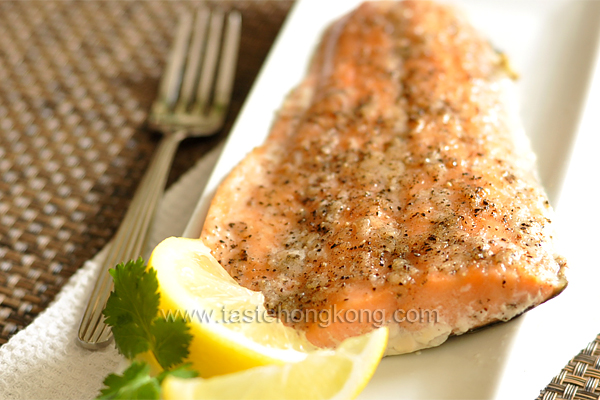
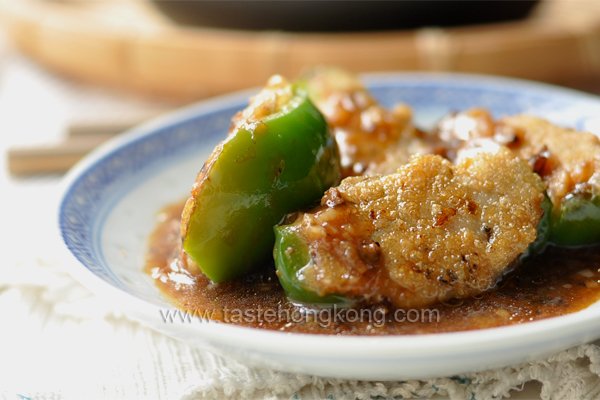
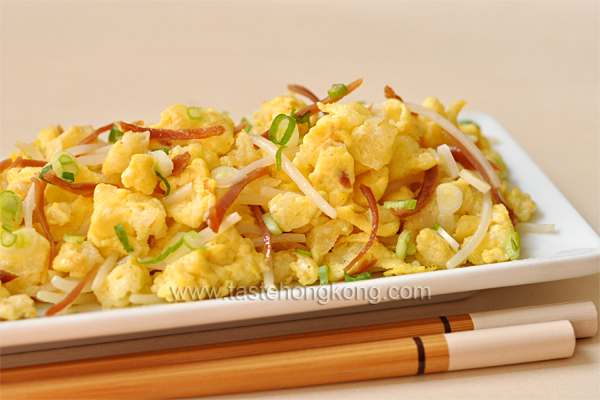
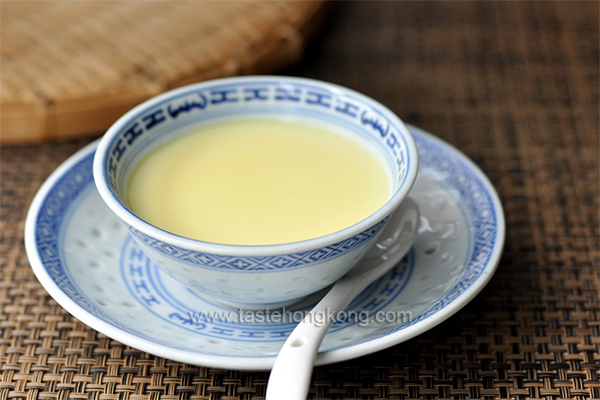
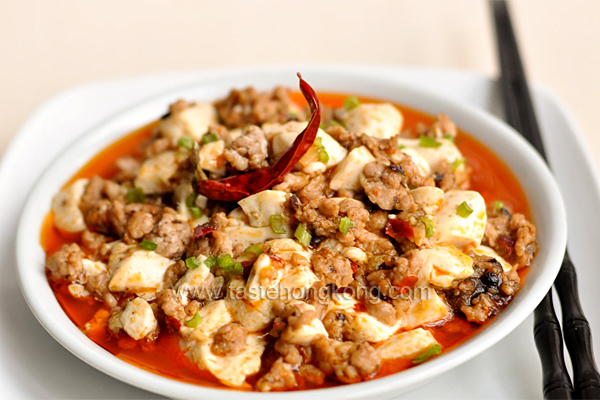
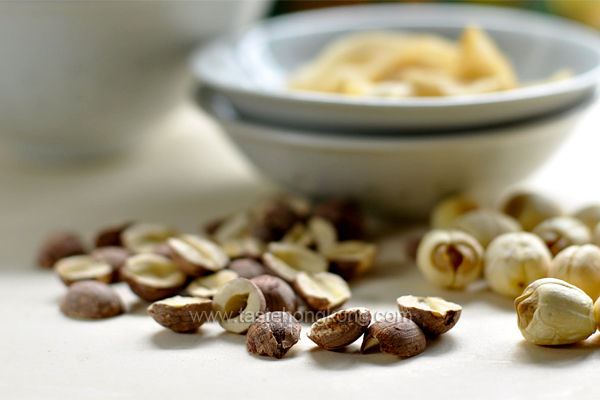
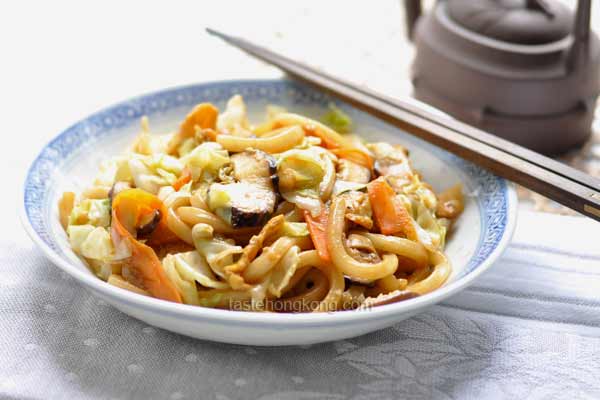
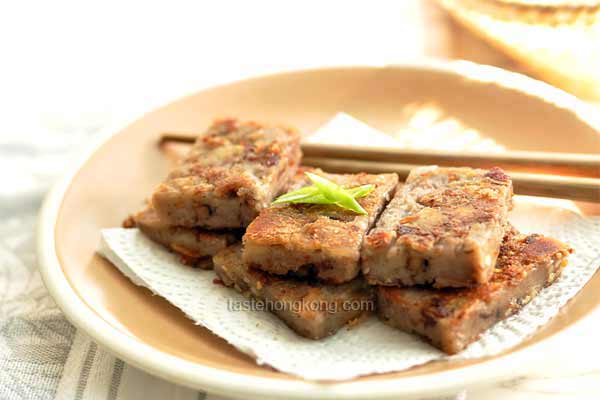
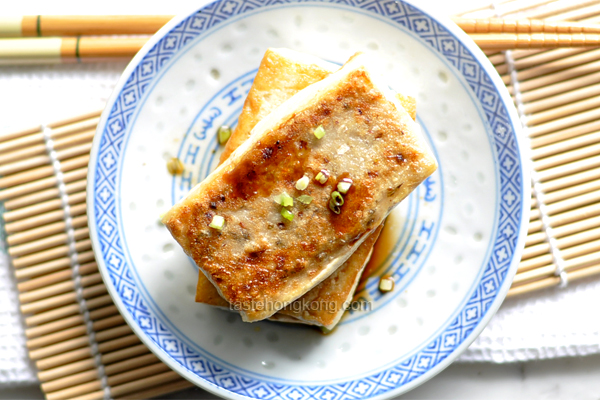
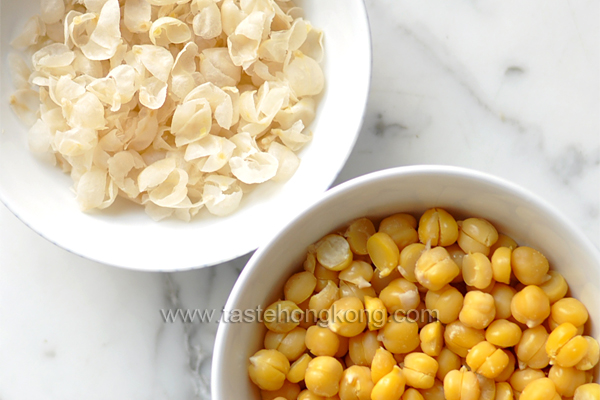
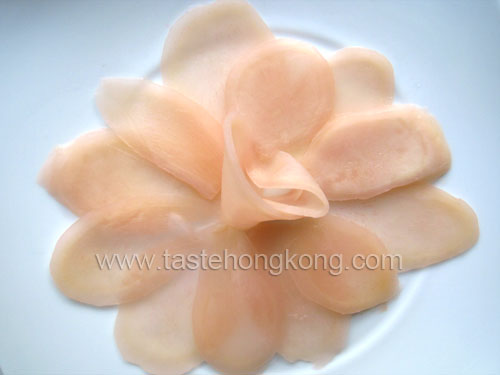



This is very inviting .. n your photos always well captured and balanced, Thanks..
This is very inviting .. n your photos r always well captured and balanced, Thanks..
@Pat,
Thank you for dropping by and your kind words.
I know there were problems in loading my web pages in these two days; if the same had caused any of you any inconvenience, do accept my sincere apologies. I just received an assurance that the abuser in the Server will not happen again.
LOVE THIS! wow homemade salted salmon! Good job..I can just imagine the yummy flavours 🙂
wow This looks so appetizing, esp. with the homemade salted salmon!
I love clay pot dishes but never tried with salted salmon.. thanks for sharing!
Salted fish adds good flavor to dishes but I have avoided them for similar reasons as yours. Salting our own salmon at home sounds like a good idea!
I’ve never salted fish at home before but this recipe sounds very doable. I love tofu cooked in the clay pot. Thanks for sharing! And great pictures as usual:)
Salted Salmon, wow, you made it on your own! 🙂
Not only does this dish sound amazing, but that pot is gorgeous. I have a a few pots from Brazil that have begun a bit of a travel cookware collection for me. I’m putting something like those on my list for our next trip your way.
@Lori,
Mine is simply a Japanese style clay pot that can be found in many supermarkets in H.K. : ).
I m still having a big salted fish in my freezer, given by a friend in Kuantan, Malaysia. Perhaps I can dish out something by following your recipe here. Do I need to leave out the sauce? I know it is less healtier but it will be wasted if I don’t cook the salted fish.
@Jaime,
If I were to cook this dish with a traditional salted fish, I’ll first reduce the amount of fish, say 1/3 or 1/4 of the recipe here, such that its very concentrated flavor won’t overpower others. And I’ll let it simmer together with the tofu AND THE SAUCE. Guessing that your fish is saltier than this homemade salted salmon, I’d suggest omitting the oyster sauce in the sauce. After the dish is simmered, do a taste test to decide how much soy sauce and oyster sauce you’d prefer to add in.
Hope this helps but I also hope you’ll eat those salted fishes sparingly.
Have fun!
Thank you very much. I will use your guide after the new year. Cos leaving the fish in the freezer is traditionally “Nian Nian You Yu”. Once again, thank you and Happy 2012. Looking forward to see more of your posting here.
Wow, you are a gourmet chef! This is just amazing. The dish looks stunning. I would love to eat that!!!
Love your blog. Never knew how salted fish is made. Thank you for sharing all your
experience and knowledge. Trying out your dishes. Its easy and manageable. Look forward to any of your posting. Much appreciated
@Cindy ooi,
Thanks! Glad that you tried my recipes and find them easy. Hear you later in my upcoming posts then.
Your pictures look so yummy! 🙂
Thanks for sharing these great recipes. I am going to try out some 🙂
I tried the Hawthorne apple tea and it is great 🙂
My mom is Cantonese and I am so excited to see so many Cantonese recipes!
@baking scientist,
Excuse me for not replying earlier as I was out of town. Glad to hear that you like the Hawthorn Apple Tea, thanks!